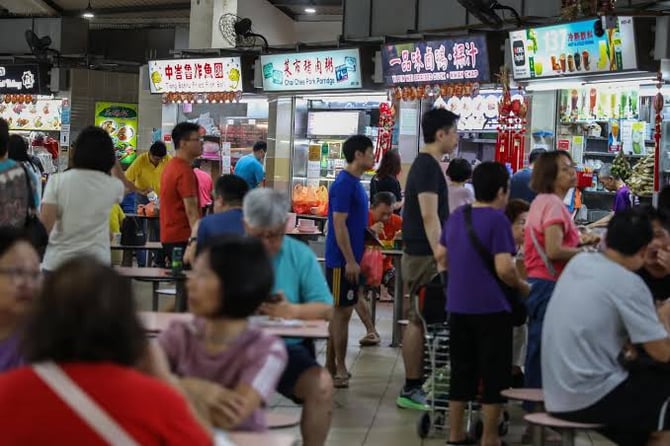Singapore Inflation Stays Low, Opening Door for Policy Shift

Singapore’s inflation rate held at 0.8% in June, maintaining its lowest level since early 2020 and coming in just below economists’ forecast of 0.9%.
Core inflation, which excludes private transport and housing, remained unchanged at 0.6%, reinforcing expectations that the Monetary Authority of Singapore (MAS) may ease monetary policy later this month.
The MAS has already projected core inflation to average between 0.5% and 1.5% for 2025, a steep drop from the 2.8% average recorded in 2024.
Despite GDP growth of 4.1% and 4.3% year over year in Q1 and Q2 respectively, the central bank has kept its full-year growth forecast at a conservative 0% to 2%. Analysts suggest this caution stems from a worsening global outlook, with sluggish demand and investment expected to weigh on exports and industrial activity in the months ahead.
Bank of America warned that tariffs and weakening global consumption could dampen Singapore’s domestic production with a time lag, compounding pressure on the trade-reliant economy.
What Does This Mean for Me?
The MAS’s own assessment flagged subdued domestic momentum for the second half of 2025, mirroring concerns voiced by other market economists. Exports, which made up 178.8% of Singapore’s GDP last year, are showing signs of fading strength after a front-loaded surge earlier in the year.
With manufacturing still under strain and the export-driven services sector expected to pull back, a dovish turn in policy could help support demand as the city-state navigates a challenging external environment.
More News
.webp)
Japan’s Rate Shift Is Rippling Through Global Bond Markets

China’s Growth Engine Stalls as Consumers and Investors Pull Back

Egypt’s Recovery Gains Traction as Household Pressure Lingers

OECD Warns AI and Tariffs Will Test the Global Economy

Zero Tariffs, Higher Drug Bills as US and UK Reset Pharma Trade

Catastrophe Bonds Go Global as Climate Risk Meets Yield Hunting
.webp)
Canada Shields Steel and Lumber Industries From Tariffs
